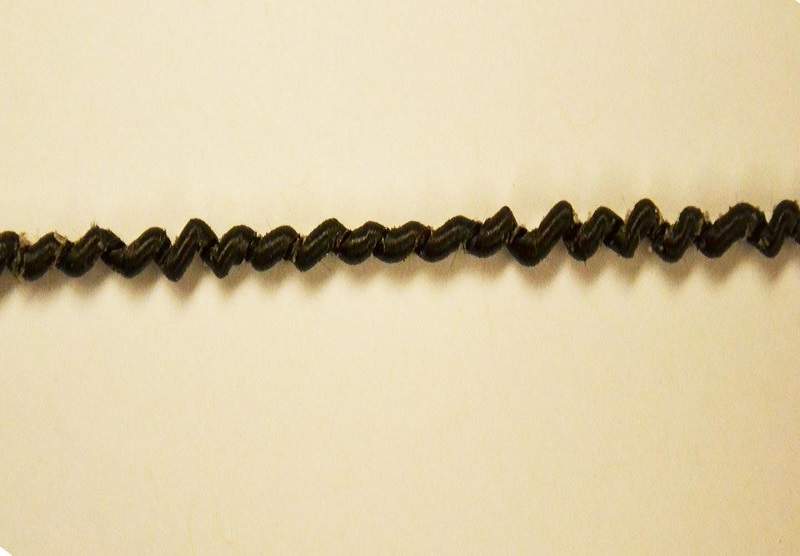
Researchers have developed artificial muscles that are capable of lifting up to 12,600 times their own weight and can produce 18 times more specific work than natural muscles.
The team from the University of Illinois College of Engineering claims that the muscles could be used in prosthetics, robotics, orthotics and human assistive devices.
The researchers designed the artificial muscles using mathematical models and created them from commercial carbon fibres and polydimethylsiloxane (PDMS). The materials were twisted into a coiled shape with a drill to create a yarn with a homogeneous form and a constant radius.
“The mathematical model we proposed is a useful design tool to tailor the performance of coiled artificial muscles according to the different applications,” said co-author and postdoctoral fellow Caterina Lamuta.
“Furthermore, the model provides a clear understanding of all the parameters that play an important role in the actuation mechanism, and this encourages future research works toward the development of new typologies of fibre-reinforced coiled muscles with enhanced properties.”
The findings, published in the journal Smart Materials and Structures, explain how the muscles can support up to 60 megapascals of mechanical stress, providing tensile strokes higher than 25% and specific work of up to 758 J/kg. This is 18 times more than the specific work natural muscles are capable of producing.
How well do you really know your competitors?
Access the most comprehensive Company Profiles on the market, powered by GlobalData. Save hours of research. Gain competitive edge.

Thank you!
Your download email will arrive shortly
Not ready to buy yet? Download a free sample
We are confident about the unique quality of our Company Profiles. However, we want you to make the most beneficial decision for your business, so we offer a free sample that you can download by submitting the below form
By GlobalDataWhen electrically operated, the carbon fibre-based artificial muscles are able to perform to a high standard without requiring a high input voltage. A 0.4mm diameter muscle bundle, for example, is capable of lifting half a gallon of water by 1.4 inches with only 0.172 V/cm applied voltage.
“To use carbon fibres, we had to understand the mechanism of contraction of coiled muscles,” said author and professor of mechanical science and engineering Sameh Tawfick.
“Once we uncovered the theory, we learned how to transform carbon fibres into ultra-strong muscles. We simply filled carbon fibres tows with the suitable type of silicone rubber, and their performance was impressive, precisely what we had aimed for.”
According to the researchers’ mathematical predictions and experiments, the strength of the artificial muscle is limited by the ability of the guest material—in this case PDMS—to expand. They hope that their theoretical model will help design a guest material which could result in even stronger muscles.





